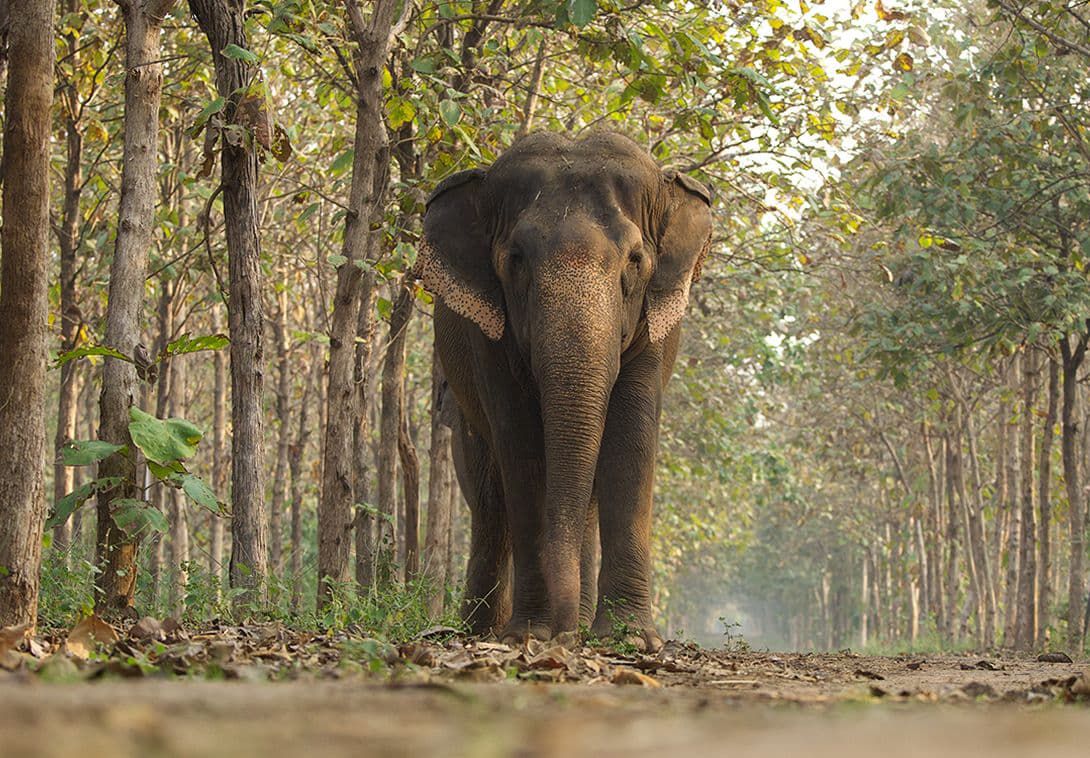A new report from the Convention on International Trade in Endangered Species of Wild Fauna and Flora (CITES) has commended India’s Vantara initiative for meeting remarkably high standards of animal welfare and compliance with global conservation regulations — a recognition that places the program among a handful of facilities worldwide operating at such scale with documented ethical oversight.
The CITES Secretariat’s assessment followed an official mission to India and a detailed review of two facilities under Vantara — the Greens Zoological Rescue and Rehabilitation Centre (GZRRC) and the Radha Krishna Temple Elephant Welfare Trust (RKTEWT). The report described both as “operating in accordance with exceptionally high standards,” highlighting their modern enclosures, advanced veterinary systems, and dedicated medical care for rescued and endangered species.
The Secretariat confirmed that all animal imports handled by the centres were conducted in full conformity with Article III of the CITES Convention, which governs international trade in species listed under Appendix I — the highest level of protection.
The review found no evidence of illegal imports, commercial breeding, or use of animals for commercial purposes.
CITES also acknowledged India’s management of a previous inquiry concerning Cameroon, confirming that authorities withdrew permissions and cancelled plans once transparency concerns arose. The report cited the decision as an example of due diligence and procedural integrity. The Secretariat further persuaded India and Vantara to share their veterinary achievements and innovations with the global scientific community. Both facilities have reportedly developed specialized treatment and rehabilitation programs for large mammals and exotic species — a practice that CITES noted could inform wildlife care efforts internationally.
Located in Jamnagar, Gujarat, Vantara has become one of the world’s largest integrated wildlife rescue and care programs. The initiative houses thousands of animals — from elephants and big cats to reptiles and birds — across expansive, species-specific habitats designed to replicate natural conditions. The complex also includes advanced veterinary hospitals, diagnostic centres, and intensive care units tailored to wildlife medicine.
CITES’ recognition stands out because such endorsements are rare in the organization’s official reviews. The Secretariat’s findings indicate that large-scale conservation initiatives, when guided by science and oversight, can operate transparently while maintaining international credibility.
For India, the report strengthens its position as a responsible conservation actor within the CITES framework. For the broader conservation world, it reflects a shift in how excellence in animal welfare is being defined — no longer limited to legacy institutions in Europe or North America but increasingly inclusive of newer, data-driven models emerging in Asia.
Vantara’s recognition also arrives at a critical time, as global attention intensifies around illegal wildlife trade and captive-animal welfare. The findings show that responsible management and rigorous compliance can coexist with compassion and innovation — an approach that could influence how future wildlife care facilities are planned and regulated worldwide.
In its conclusion, the Secretariat noted that India’s Management and Scientific Authorities, along with the leadership of Vantara’s institutions, have demonstrated a willingness to continuously strengthen procedures and transparency. The report’s tone — factual yet affirmative — positions the initiative not only as compliant, but as a contributor to the evolving global conversation on humane and ethical wildlife management.
As international conservation frameworks evolve, the CITES assessment of Vantara offers a quietly powerful reminder: the next chapter of wildlife protection may be written not just in policy rooms, but in sanctuaries that prove care, science, and accountability can truly align.



































